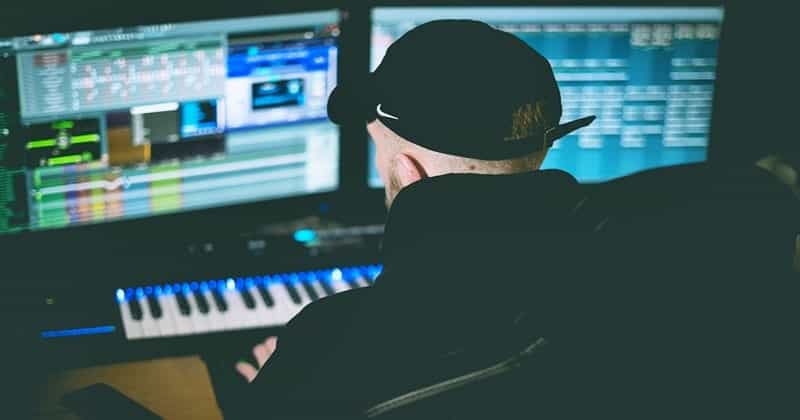

So our advice is to pick one and learn it really well. Learn one wellĪnd talking of plug-ins, even the sheer number that you get bundled with a DAW can be slightly offputting. Too much choice can be overwhelming when it comes to music production. Most DAWs come packed to the rafters with their own synths and plug-in reverbs and delays, so make the most of them before you go splashing out on third-party plug-ins. Don’t buy loads of plug-in instruments and effects, at least at first. Now we’re going to get you to save some cash. Up until now, we’ve told you to blow a load of money on monitors of both kinds. You can then experience the loop-based approach of Ableton or FL Studio, or more traditional environments of Cubase, for little or no outlay. So the best advice we can give you is to try them, as pretty much all of them offer a free, cut-down version. Quite honestly, we’re never going to recommend one over another, as most of the options out there have everything you need to get up and running.

Possibly the biggest decision – after your monitors, perhaps – is which DAW you should use. It means you can access more instruments and effects, enjoy faster processing all around and much better audio handling, so top up your memory – it’s probably cheaper than you think, too. It doesn’t matter if you’re using a Mac or PC, more RAM means a slicker experience. You can read endless tips and guides on speeding up your computer, but when it comes to music making, the biggest single speed tip is to get more memory. Now we can see all of our DAW and instruments and we’re not squinting at a mini screen anymore. We spent years thinking we were so cool making music with a laptop, but then upgraded to a desktop and got more power, more memory and a bigger screen for less cash! And that bigger screen has transformed our music making. Believe us when we say this: unless you are constantly making music on the move, then avoid a laptop as your main music computer, or at least invest in a decent monitor to connect to it.


 0 kommentar(er)
0 kommentar(er)
